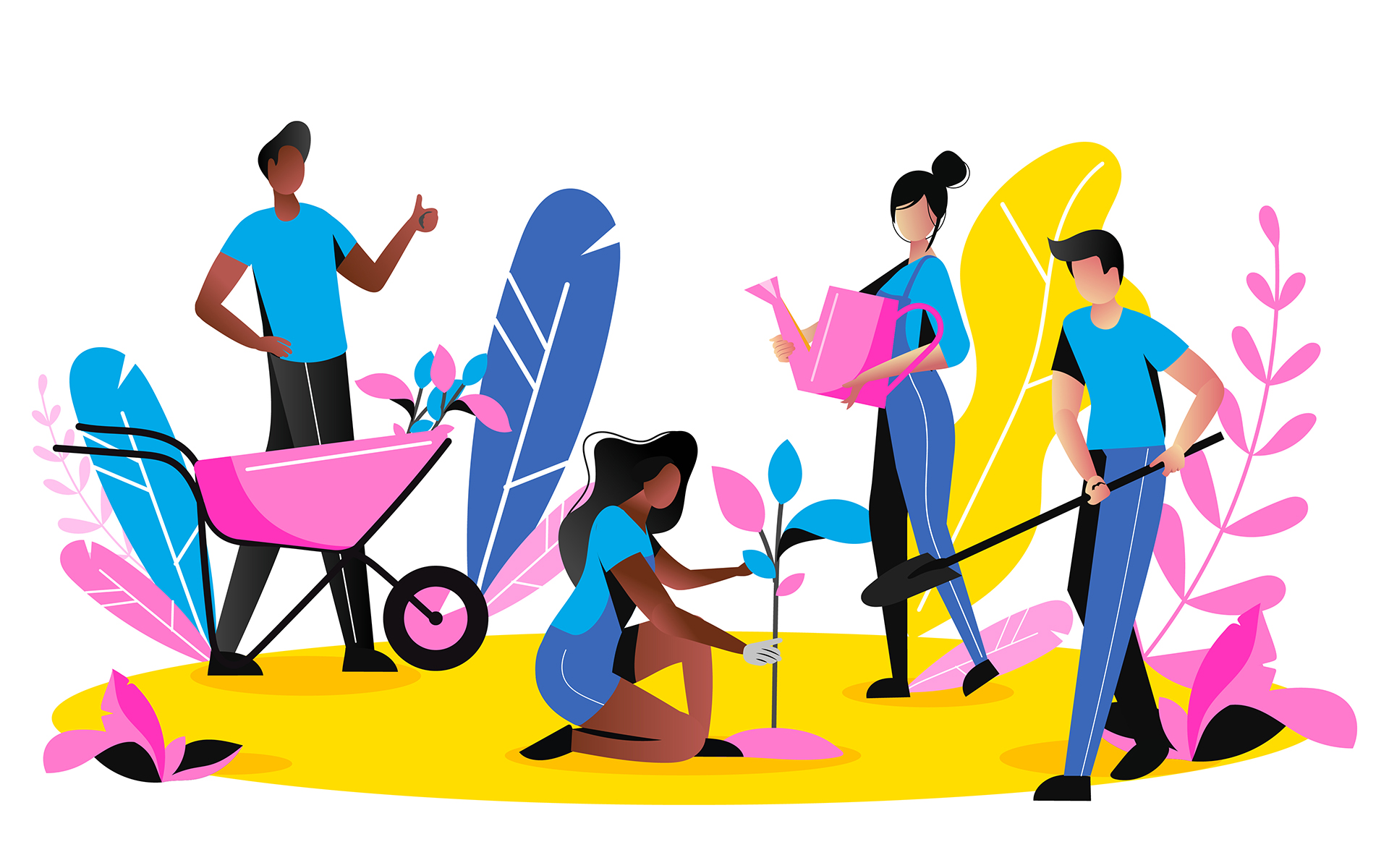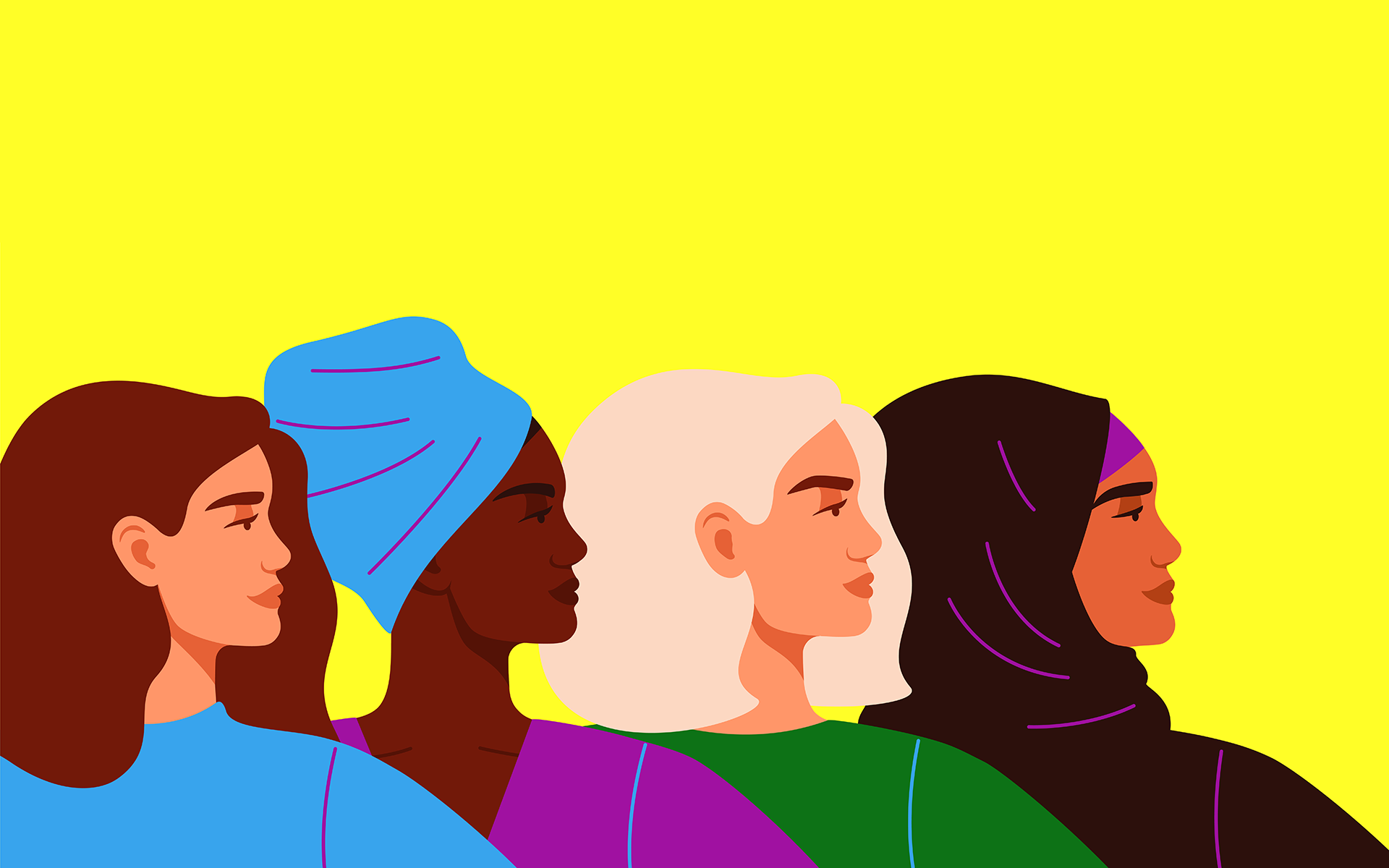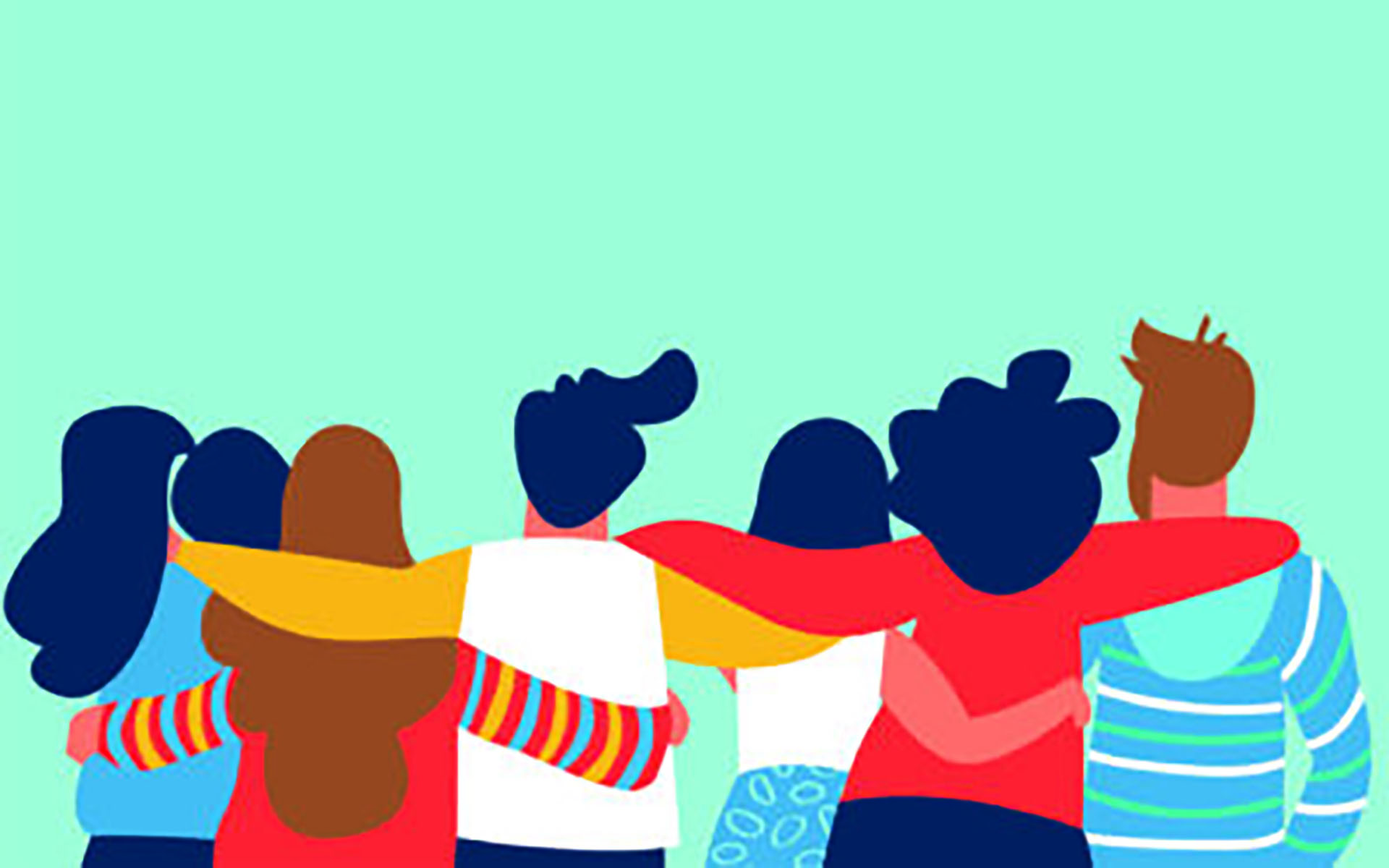Real Mindful: Ruth King on Planting Seeds for the Future
Stephanie Domet: Hello and welcome to this first ever episode of Real Mindful. This is where we speak mindfully about things that matter. We’ll meet here twice a month to introduce you to some of the teachers, thinkers, writers, and researchers who are engaged in the mindfulness movement. You’ll hear all kinds of conversations here about the science of mindfulness, the practice of mindfulness, and the heart of it. And if you’ve been a listener of Point of View with Barry Boyce, well, you’ll hear Barry on this podcast, too. In fact, coming up on the very next episode of Real Mindful, Barry and I will be in conversation. I’m Stephanie Domet, I’m the managing editor at Mindful and Mindful.org, and this is Real Mindful.
Ruth King: Being crybaby was like being a target.
SB: That’s Ruth King. She’s one of this years’ powerful women of the mindfulness movement nominated by their peers and featured in the August issue of Mindful magazine. Ruth is a teacher, an author, and a clinical psychologist, and she’s our guest on this episode of Real Mindful. I spoke with her back in February before the leaves were on the trees and a time that felt deeply unsettled and unsettling. Ruth told me that for her, hate is non-negotiable. She doesn’t want to hold on to it. Instead, she said, she remembers that we’re connected, that we belong to each other, and she thinks about her granddaughter and the seeds that will bloom in her lifetime.
Well, first of all, thank you so much for doing this interview with me, Ruth King. It’s such a pleasure to be with you this afternoon.
Ruth King: It’s a pleasure to be here, Stephanie. Thank you.
SD: So let’s start as close to the beginning as we can. Can you give me a sense of how you came to mindfulness, what that journey was for you?
RK: It’s a great question and a big one in a way, because I feel like it very much was like a returning home. What I can say that’s popping up for me right now is I remember being what was called a crybaby when I was really young. Always concerned about feelings, always trying to figure out why. And growing up in South Central Los Angeles in the heat of the civil rights movement, feelings were dangerous to express. Being a crybaby was like being a target. One day my father, who was trying to appease me of my distress—he owned a plumbing company—he took me to his work and showed me a diagram of all the pipes and the routing of the plumbing system that was underneath the beauty of this building. And I was so struck to see that there was a system of meaning at play. That in order for the water to flow, it had to be aligned and connected and at certain elevations and all this stuff. It was really beautiful to see that system. I was so fascinated with the system of meaning. It so resonated for me, as I think in retrospect, what I would call that is a sort of sacred geometry. It’s a way of figuring things out, figuring out how things flow. And so it just stayed with me, this kind of imprint of there is a method of madness underneath the beauty, underneath the chaos, there’s a way that is natural for things to flow.
And so it didn’t surprise me that I trained as a therapist and I was an organizational development consultant for a number of years, which is all about understanding cultural systems. I’ve traveled the world and looked at many systems. Mindfulness represents a very divine system of meaning because it has that routing and ways of laying out strategies and approaches to understanding the mind and the body and the relationship with the heart and the impact that has on our connective systems of flow. So it was like coming home, I guess, is the easiest thing to say. Coming home was what attracted me. Of course, I grew up seeing a lot of suffering and suffering was the norm. Suffering was also a creative base so it wasn’t like I was afraid of the suffering, but I wanted to figure it out.
SD: Suffering was a creative base?
RK: It was a creative base. For example, my mother was a musician, she was a pianist and she played improvisational jazz. We had these jam sessions at our house on Friday and everybody came and they dressed up. And a lot of these folks—I mean, this was in the heat of a lot of civil rights complexity in our neighborhood and our families—a lot of these folks played in the church and they were also on city councils and some of them were unemployed and homeless, but they found a way to express that sense of struggle creatively. Some of them could express musically better than they could talk. So that’s what I mean. It’s this transmuting.
So, my mother had this creative expression, my father had this system, and I think together it just created this freedom and lyricism inside my heart and mind that I could then bathe the crybaby, inconsolable parts of myself, and it just became a base of inquiry for me. I think mindfulness just provided a practical way to step into investigation that had a more satisfying and nourishing response because the answers outside of myself just weren’t giving it, they were just stimulation. And when I was able to drop into the system of mindfulness more deeply, I found that I can console myself, that the crybaby had a satisfying bottle to nurse from that wasn’t dependent on the circumstances. A great sense of inner stability, a soulful sense of relaxation, and a joyful way of laughing at life from time to time.
SD: So how’s your crybaby these days?
RK: My crybaby’s good. She still cries. She still cries, but she knows that crying is a comma, it’s not a period. It’s just here and now because there’s a lot to cry about right now at this time, so I let my crybaby have her way. I don’t put my crybaby in harm’s way, I don’t let her drive the car, or go to the protests, I kind of take care of that part of me in a way that the release can happen without being a target.
SD: I love that idea that the crying is a comma, not a period. Can you say a little bit more about that?
RK: Well, you just don’t stop there. You know, one of the things that mindfulness teaches you is that what’s happening in my mind is not personal, permanent, or perfect. So if crying is not permanent then you can relax into the nature of it being impermanent, that what’s happening right now is not going to be forever. And I’ve grown to trust that through the practice of mindfulness because the minute you get still and close your eyes, the first thing you’re going to notice is the fleeting nature of the mind. It’s just constantly changing. Stuff pops up and it goes away, it pops up and it goes away. Crying is like that. That’s what I mean by a comma. When you sit with that enough and you can see both the tears as well as when they subside after a while, you start to trust that that’s going to be the nature of it. And you know that from the inside. So it’s not the end of the story, a period, it’s a comma. And then you can relax maybe more in what happens next and in the release of the tears.
SD: I think of that the way you do improv on stage. You say, “yes, and.”
RK: Yes, exactly. Yes, it’s like that.
SD: And as you said—rightly so—there’s a lot to cry about these days. What a time to be alive.
RK: It’s a time. It’s a time, and it’s a time to be awake. What’s happening needs to be seen. And I do a lot of work around race, raising awareness, racial healing, understanding what you bring to racial harm and what you can bring to racial harmony. My work is very mindfulness-based. So it’s based in this idea of a comma, not a period. What’s happening is not the end. We’re always in the middle of something and that trusting, if you will, or that practice of trusting the impermanence, the imperfection, the impersonal nature of what’s happening, then you end up finding yourself—or at least I find myself—in a place where I can be more responsive. Less on fire, but more with fierce clarity about what I’m seeing, how I’m understanding it, because at this stage, as an elder, it’s important to me to not waste my energy, to be very shrewd about where I place it. I want it to matter. I want it to make a difference, so I have to set that up to make sure that happens in this world. How we work with our energy is important. We’re always planting seeds so we need to really become more conscious of what they are because they’re being planted, whether we’re conscious of them or not, and I want some blooms for my great-granddaughter and all of the children that are coming. I want them to see some blooms of goodness and compassion and connection.
SD: As you’re speaking, I’m thinking about time and how urgent things feel and how long it takes. I would just love to hear what you’re thinking about time and kind of how to work with that feeling of urgency and also the seeds that need time to bloom.
RK: It’s a great question. The fierce urgency of now, I think, is what Martin Luther King talked about. And in the Buddhist teaching, it’s spoken of as samvega, this kind of spiritual urgency where you wake up enough to know you can’t go back and that your heart’s on fire and you’re responsible for how you step forward, knowing that we’re interconnected, knowing that compassion is a powerful weapon of mass healing, knowing that we belong to each other. So when I think about time and I think about my ancestors, I think about so many people that have been in this struggle for generations. I think we have to extend our understanding of what this journey really represents. It’s a life’s work. So there might be a feeling of urgency, which is what I think we need to make friends with, or to use more skillfully. But I don’t think we should expect that it’s going to happen in the next moment or in our lifetime even, but we are responsible for the seeds we plant because they will bloom. We’re seeing blooms of what’s been planted in the past. So our job is to plant the seeds, not to want to smell them, not to harvest them right away. We’re not in control of other people doing the right thing, we’re control of how we represent what the right thing is and to put our heart in it, to make sure we’re not putting our heads in the sand, and to make friends with the urgency that we feel, to bring some warmth and care to that, because our body, mind, and heart is hurting when we are on fire that way. And too many of us that are in this fight are burned out, ill, diabetes, it’s just a list. I’ve seen way too many of my dear ones die from this sense of time and impatience. It’s not impatience because of course, we want this to be over. It’s horrible and it seems to even be looking even crazier and that’s exactly what it is right now, and we must do what must be done.
So this practice, I feel, is a real saving grace in the sense that I’m able to be a bit more stable, less reactive, more choiceful. I take a deep breath when I feel like my heart is literally breaking, call up some friends to commiserate with and be affirmed, and then get back to the business of planting those seeds. The world needs our wise hearts right now. This is our time to really understand that this is a hot mess and it’s not going to be over soon. It’s been coming a long time. Sometimes I think about, when was there ever a time when it wasn’t like this? Sometimes I think about that, so I just need to widen the trajectory so that I’m not suffocated in the urgency that’s pressing, so that I can respond with more care and with more clarity.
SD: Hard work, eh?
RK: Yeah, it is.
SD: So what do you draw on? What helps you take your seat?
RK: Well, I love that question. It just is moving all through me right now because it’s so at the heart of it. I mean, what do we rely on? What do I rely on? I feel like I rely on what’s not always so frame-able or so articulate or has language, even. I rely on a deep knowing that we belong to each other. I think what I rely on more than anything is this practice because it brings such stability and clarity and it does create in me a certain spaciousness that supports room for both the beauty and the chaos. I’ve noticed, I think since being in the practice for this long, I feel like I’m trusting it more and able to rest, and in between the spaces of the craziness, I rely on that. I rely on knowing that the intensity I was feeling just this morning is not with me right in this moment, and that it is likely to rise again the minute I go watch the news. So that rhythm, that flow, the nature of it all, I rely on that plumbing system that’s underneath the beauty and chaos of the world. I rely on knowing that when I look out at the bare trees in my backyard that don’t have leaves right now, that they will in the springtime. Shifting life into nature, into its natural rhythm, and feeling that on the inside, feeling my own natural rhythms through this practice and being awestruck by my capacity to care and love, awestruck by the simple call from my granddaughter, awestruck that people that have been so harmed still can muster the energy to show up in protest and show up in caring ways. The medicine of that, the fact that people have been doing that for generations, that how they roll—that’s what’s what it takes to stay open, clear eyed, and also responsible. I rely on seeing people for many lifetimes, being able to do that, my mother doing that with her jazz, my father doing that with his business, me doing that with my books and the work that I do, keeping hate out of the equation. It’s a non-negotiable that’s just not in the mix. When I see that, I interrupt that as quickly as I can.
SD: In yourself and in others, you mean?
RK: In myself. Of course, I’m always pointing people to look at that dynamic in themselves, that’s the nature of the work that I do, but especially in myself. You know, it arises. A lot of things that can be triggering.
SD: But it’s non-negotiable, you won’t hold that.
RK: I’m not holding the hate. It is a non-negotiable for me. Now, that’s a new deal.
SD: It’s been so great to speak with you. I’ve enjoyed it so much.
RK: Oh, beautiful. Thank you, Stephanie.
SD: The amazing Ruth King, educator and author of Mindful of Race: Transforming Racism from the Inside Out. You can read more about Ruth in the August issue of Mindful or at Mindful.org. Next time on Real Mindful: Barry Boyce, the mindful vulgarian himself will be here. I have been saving up my questions for him. Barry and I have not been in conversation in a podcast for about a year, so this will be a rich one. You won’t want to miss it.
read more
A 12-Minute Meditation for Remembering That We Belong to Each Other
Ruth King guides us in a practice to explore the truth of our interconnectedness.
Read More
10 Powerful Women of the Mindfulness Movement: 2021
What remains, amid loss and suffering, uncertainty and fear, is the breath. Ten mindful women offer the wisdom of their practice, from their hearts to yours.
Read More







